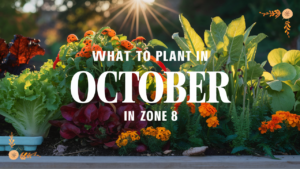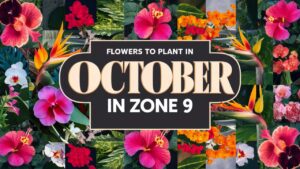If you’re looking to brighten your garden during the summer months, the following flowers can add both beauty and resilience to your outdoor space. Let’s explore these stunning options!
Golden Club (Orontium aquaticum)

Golden Club, or Orontium aquaticum, is a unique aquatic plant native to the marshes of the southeastern United States. With its striking yellow cylindrical flowers that bloom in the summer, this plant not only captures attention but also attracts a range of pollinators, including bees and butterflies.
Typically found in shallow waters, Golden Club thrives in saturated soil or areas with consistent moisture. It’s an excellent choice for ponds or wetland gardens, where it can establish itself and create a beautiful natural habitat. The plant usually reaches a height of around two to three feet and has long, strap-like leaves, which provide a lush green backdrop for its sunny blossoms.
Incorporating Golden Club into your garden design can help create a serene aquatic area while contributing to local ecosystems, making it a perfect fit for gardeners who value biodiversity.
Tiger Flower (Tigridia pavonia)
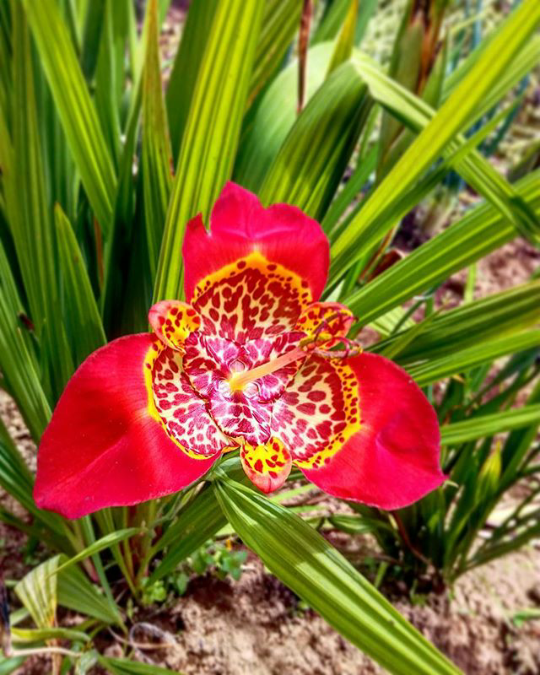
If you’re looking for a flower that commands attention, the Tiger Flower, or Tigridia pavonia, is sure to impress. Known for its eye-catching, trumpet-shaped blooms, this bulbous perennial opens its flowers in a stunning array of colors, including vibrant oranges, yellows, and reds, often speckled or patterned like the skin of a tiger.
These flowers bloom in succession, giving your garden an extended display of incredible beauty throughout the summer. Tigridia pavonia is well-adapted to warm climates and thrives in well-draining soil with full sun exposure. The plant typically grows to about two feet tall and does well in borders or containers, providing an exotic flair to patios or garden beds.
Make sure to plant Tiger Flowers in a spotlight location; their striking appearance combined with graceful foliage makes them perfect for creating focal points in your summer garden.
Daylily (Hemerocallis spp.)
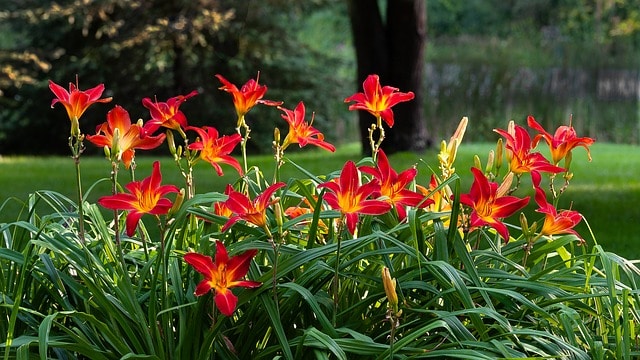
Daylilies, or Hemerocallis spp., are beloved garden staples that bring vibrant color and texture to summer landscapes. Known for their hardiness and versatility, these perennials can adapt to a variety of soil types and conditions, making them ideal for gardeners in Zone 9.
With countless varieties available, daylilies come in an array of colors, including classic yellows, brilliant reds, and soothing pastels. Their flowers bloom for just one day, but each plant produces multiple buds, creating a continuous show of color throughout the summer months.
Daylilies are drought-tolerant once established and can thrive in both sunny and partially shaded areas. Their strap-like foliage adds interest to the garden even when not in bloom. For those who appreciate low-maintenance yet impactful plants, daylilies are a go-to choice.
Scarlet Rose Mallow (Hibiscus coccineus)
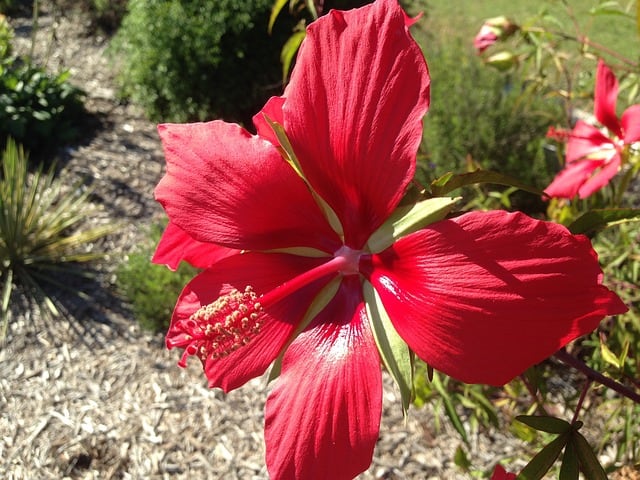
The Scarlet Rose Mallow, or Hibiscus coccineus, is a show-stopping plant that brings a tropical feel to any garden with its large, eye-catching red blooms. The flowers can grow up to six inches across, and their striking color adds vibrancy to the landscape.
This plant thrives in full sun, favoring wet, marshy conditions, which makes it ideal for rain gardens or areas with poor drainage. It can grow to impressive heights, reaching up to eight feet, providing both beauty and a natural screen in the garden.
Furthermore, the Scarlet Rose Mallow attracts a variety of pollinators, including hummingbirds and butterflies, making it a great addition for gardeners looking to enhance the ecological value of their space. Planting this beauty not only enhances your garden but also contributes to the local environment, making it a win-win choice.
Pinks (Dianthus spp.)
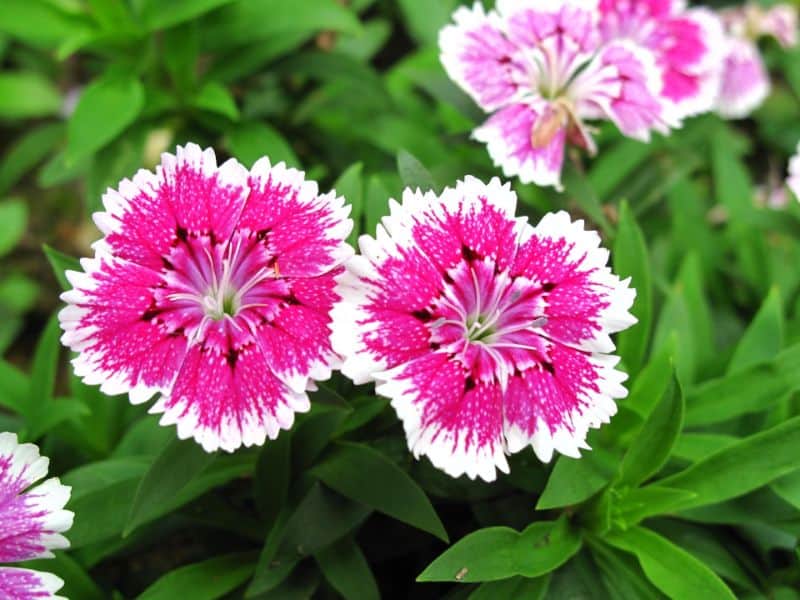
Dianthus, commonly known as Pinks, are charming flowers that are recognized for their clove-like fragrance and delicate blooms. These perennial favorites come in various colors, including soft pinks, purples, and whites, often adorned with frilly petal edges.
Pinks thrive in well-draining soil and full sun, making them an ideal choice for hot summer climates like Zone 9. Not only do they provide color and fragrance, but they are also remarkably drought-resistant, making them low-maintenance once established.
Dianthus plants typically maintain a compact form, making them suitable for borders, rock gardens, or container gardening. With a variety of cultivars available, you can mix and match to create a captivating display that will draw the eye and delight the senses.
Canna Lily (Canna indica)
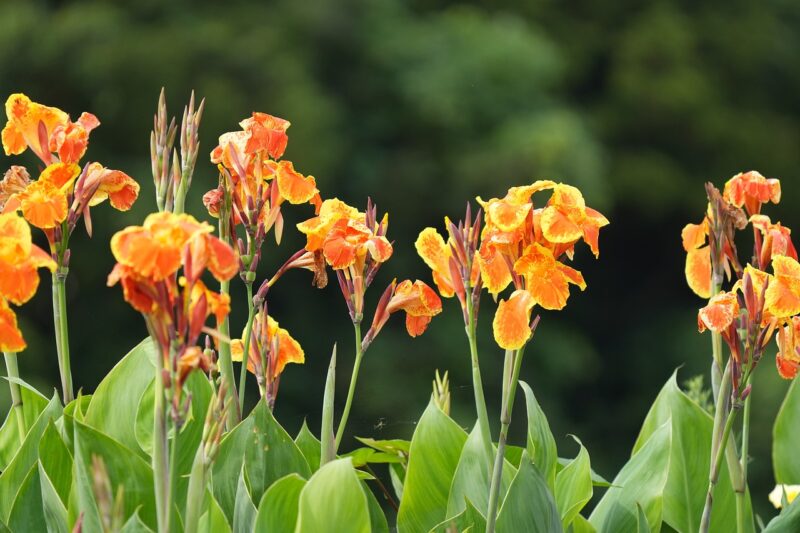
Canna Lilies are bold, tropical plants that stand out with their large, paddle-like leaves and stunning flowers. They bloom in a range of vibrant colors, including yellows, reds, and pinks, giving your garden a lush, exotic look.
These perennials are not just visually captivating; they also thrive in warm climates, making them an excellent choice for Zone 9 gardens. Canna Lilies prefer full sun and well-draining soil, and they love moisture, so they can also be used in areas with wet soils or alongside water features.
Canna Lilies can reach heights of four to six feet, making them great for creating drama and height in your garden. With their ability to attract pollinators, they also contribute to the biodiversity of your outdoor space.
American Lotus (Nelumbo lutea)
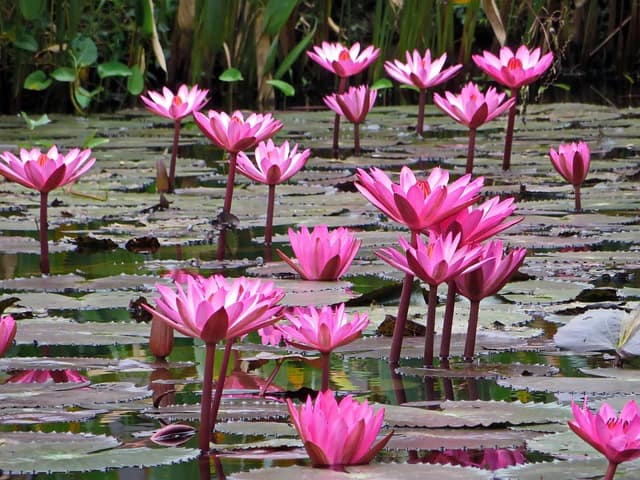
The American Lotus, or Nelumbo lutea, is a stunning aquatic plant that flourishes in warm climates. This perennial is one of the few lotus species native to the U.S., known for its large, fragrant flowers that can be pink, yellow, or white.
This plant thrives in the warm temperatures of summer, preferring standing water and wet soil. Its large leaves provide a beautiful floating display on the water’s surface, creating a gorgeous focal point in ponds or water gardens.
Moreover, the American Lotus attracts pollinators such as bees and butterflies, contributing further to the ecological value of your garden. If you’re looking to create a serene aquatic environment in your garden, consider planting this remarkable flower.
Blue Eyed Grass (Sisyrinchium angustifolium)

Blue Eyed Grass, or Sisyrinchium angustifolium, is a delightful perennial that brings a splash of blue to your summer garden. Despite its name, this plant is actually a member of the iris family, and its star-shaped flowers bloom in shades of blue and yellow during the summer months.
This hardy plant thrives in both sunny and partially shaded areas, often preferring moist, well-drained soil. Growing up to a foot tall, Blue Eyed Grass works well in prairie and wildflower gardens, or as an eye-catching border plant.
Its charming blooms and grass-like foliage create a lovely informal garden aesthetic, making it perfect for gardeners looking to add a touch of whimsy. Additionally, Blue Eyed Grass is low-maintenance and drought-resistant once established, making it an appealing option for a carefree summer garden.
Butterfly Weed (Asclepias tuberosa)
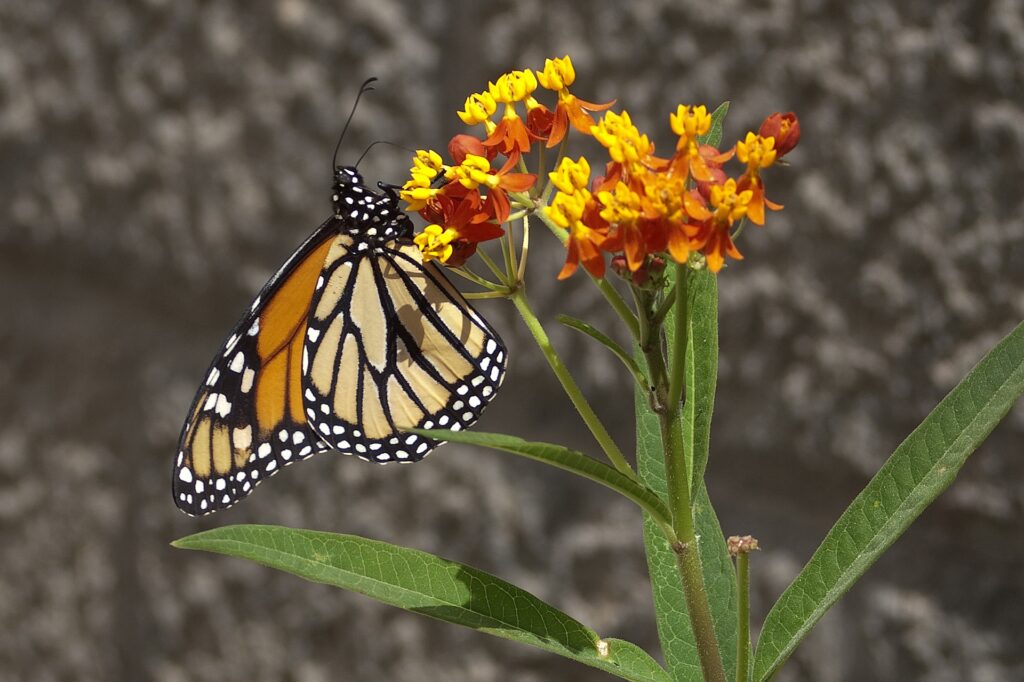
Butterfly Weed, or Asclepias tuberosa, is a vibrant perennial that deserves space in your Zone 9 garden. Known for its bright orange flowers, this plant not only provides stunning color but is also an essential nectar source for butterflies, particularly monarchs.
This sun-loving plant flourishes in well-drained soils, thriving in poor, sandy conditions where many other flowers might struggle. Its drought-resistant nature makes it ideal for summer gardens, and the deep taproot allows it to withstand dry spells.
Butterfly Weed typically grows to about 2-3 feet tall, making it suitable for borders or naturalized areas. By including this beautiful plant in your garden, you’ll be creating a welcoming environment for butterflies while enjoying a burst of color all summer long.
Snake Mouth Orchid (Pogonia ophioglossoides)
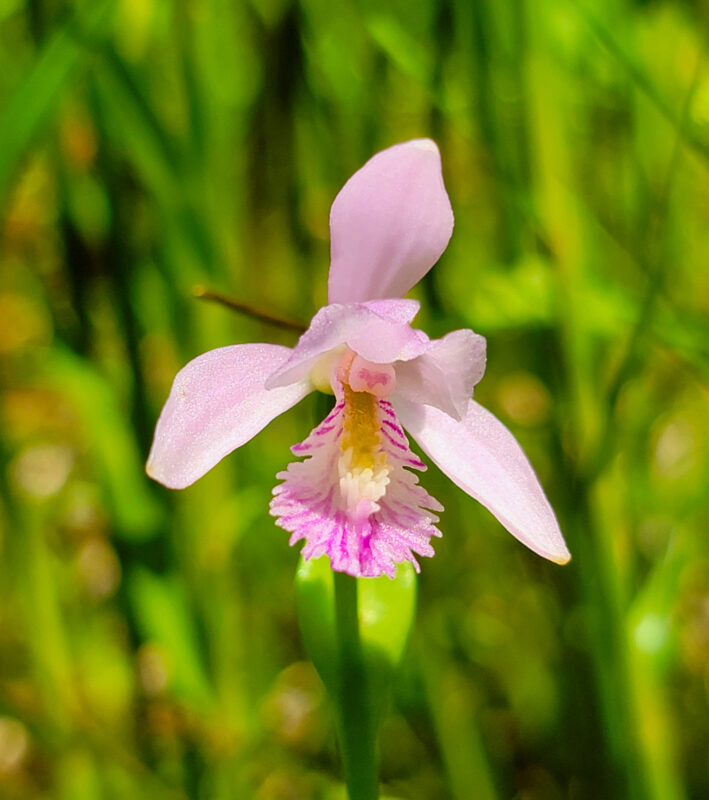
For those seeking a unique addition to their summer garden, the Snake Mouth Orchid, or Pogonia ophioglossoides, offers both beauty and intrigue. This native orchid species is characterized by its delicate flowers, which bloom in shades of pink and violet, bringing a touch of elegance to your landscape.
Preferring moist, acidic soils and partial shade, the Snake Mouth Orchid typically thrives in wetlands and mossy areas. It’s a great choice for gardeners who want to add biodiversity and special interest to their garden beds.
Moreover, this orchid is an excellent choice for native plant enthusiasts, as it provides habitat for local fauna and butterflies. While its preferred habitat conditions may require some extra work, the ethereal beauty of the Snake Mouth Orchid definitely makes it worth the effort.
Standing Cypress (Ipomopsis rubra)
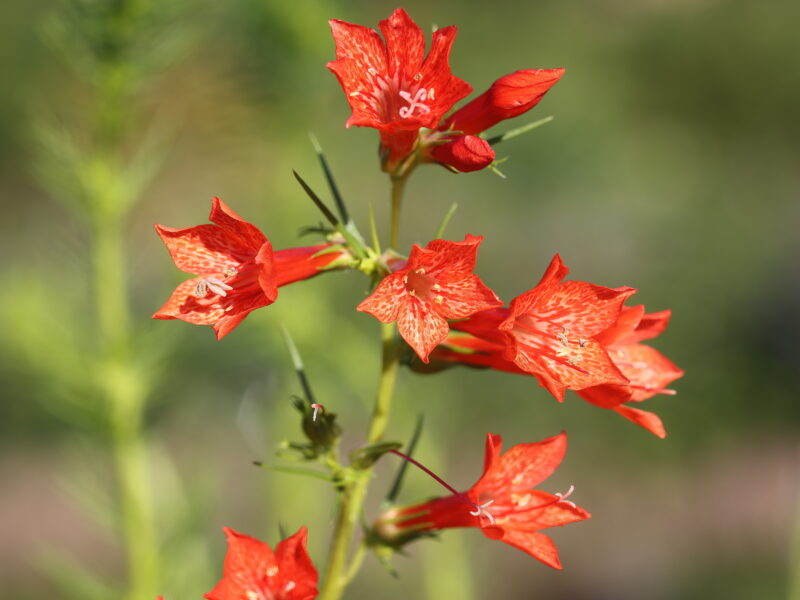
Standing Cypress, or Ipomopsis rubra, is a striking biennial that can add a stunning vertical element to your summer garden. Known for its tall spikes of vibrant red flowers that can reach up to four feet in height, this plant is a magnet for pollinators, especially hummingbirds.
Standing Cypress thrives in full sun and well-drained soils, flourishing in dry, sandy conditions that are typical for many areas in Zone 9. It’s a fantastic choice for naturalizing or prairie garden styles, creating a vibrant display that draws attention from both humans and wildlife alike.
Besides its potential for creating a focal point, this plant’s unique structure adds dimension to your garden, making it an exceptional choice for adding height and drama to flower beds.
‘Sulphur Queen’ Peruvian Lily (Hymenocallis ‘Sulphur Queen’)
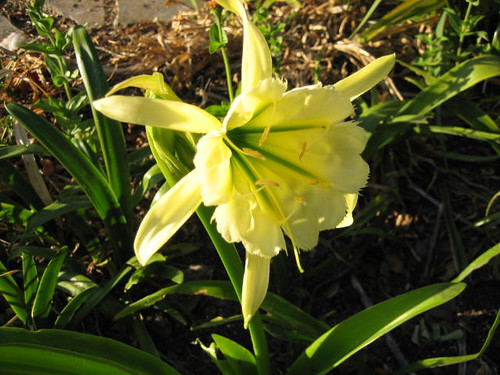
The ‘Sulphur Queen’ Peruvian Lily, or Hymenocallis ‘Sulphur Queen’, is a lovely addition for those who favor refined, elegant blooms. Recognized by its soft yellow flowers and subtle fragrance, this perennial is a delight during the summer months.
This hybrid thrives in well-draining soil and does best in full sun or light shade. With its ability to tolerate humidity and heat, the ‘Sulphur Queen’ makes an ideal fit for gardening in Zone 9. This plant typically grows to around two feet tall, making it suitable for borders or mixed garden beds.
In addition to its beauty, the ‘Sulphur Queen’ is advantageous for attracting hummingbirds and butterflies, enriching the overall biodiversity of your garden. Choosing this plant not only elevates the aesthetic of your landscape but also supports local wildlife.
Copper Top Pitcher Plant (Sarracenia flava var. cuprea)
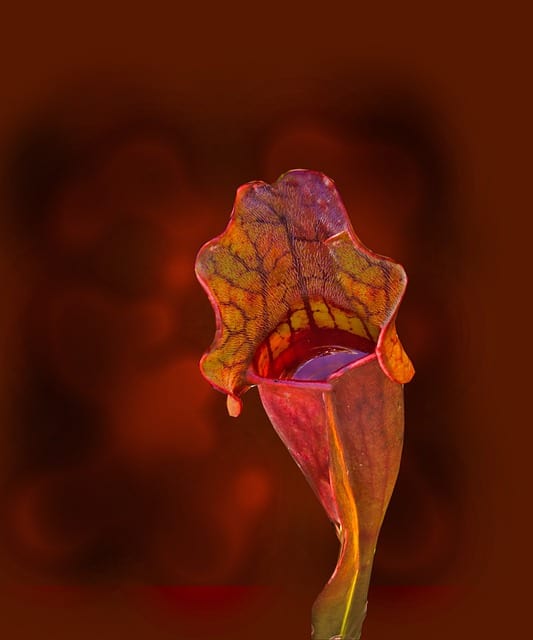
For a truly unique and captivating plant, the Copper Top Pitcher Plant, or Sarracenia flava var. cuprea, is a standout! This carnivorous plant is known for its tubular leaves that trap insects, providing a truly fascinating way to manage pests while also contributing to your garden’s overall allure.
The Copper Top Pitcher Plant thrives in sunny, wet conditions, often favoring bog-like environments. This plant is not just visually interesting; its striking foliage carries a shiny copper-colored top that offers a visual as well as a practical solution to insect pests.
Not only will cultivating a Copper Top Pitcher Plant add extraordinary flair to your garden, but it will also bring educational opportunities for children and adults alike, as they learn about the fascinating interactions of plants and their ecosystems.
Lotus Vine (Lotus maculatus)
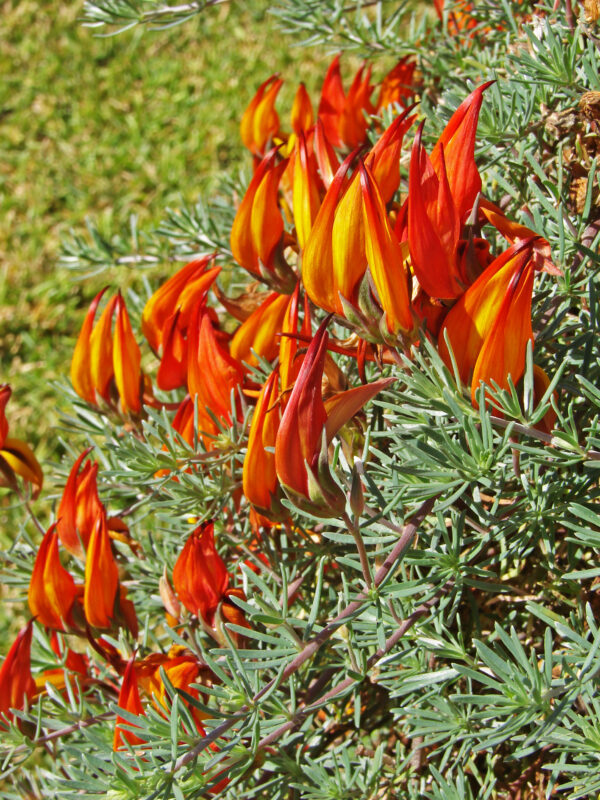
If you’re looking to add a trailing flower to your summer garden, the Lotus Vine, or Lotus maculatus, is a perfect choice. This attractive perennial produces clusters of bright yellow and orange blooms complemented by lush, green foliage.
Thriving in full sun and well-drained soil, Lotus Vine establishes quickly and can be trained to climb or spread across the ground, providing ample opportunities for creativity in your garden design. The plant is drought-tolerant once established, requiring minimal care as it flourishes in the summer heat.
Lotus Vine is also excellent at attracting pollinators, helping to create a vibrant and dynamic ecosystem right in your backyard. When appropriately placed, it can bring cascading beauty down walls or trellises, softening hard surfaces with a charming, informal look.
African Daisy (Arctotis x hybrida)
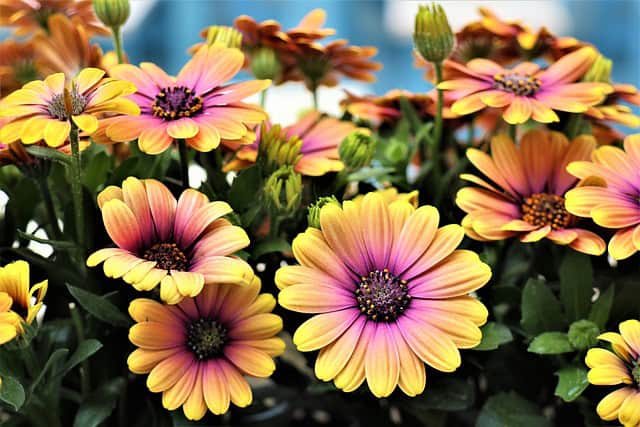
Lastly, the African Daisy, or Arctotis x hybrida, is a fabulous choice for those looking to inject vibrant color and cheerfulness into their summer gardens. With its large flowers that bloom in bright hues such as orange, yellow, and purple, this plant instantly uplifts any garden space.
African Daisies thrive in full sun and prefer well-drained soil, making them adaptable to the warm summers of Zone 9. Their resilient nature means they can tolerate periods of drought, ensuring your garden remains colorful even during hotter months.
Standing at a height of about one foot, they are perfect for borders and containers, providing a cheerful and low-maintenance option for gardeners. As a bonus, these flowers also invite butterflies, enriching not only the beauty of your outdoor space but also its ecological diversity.




